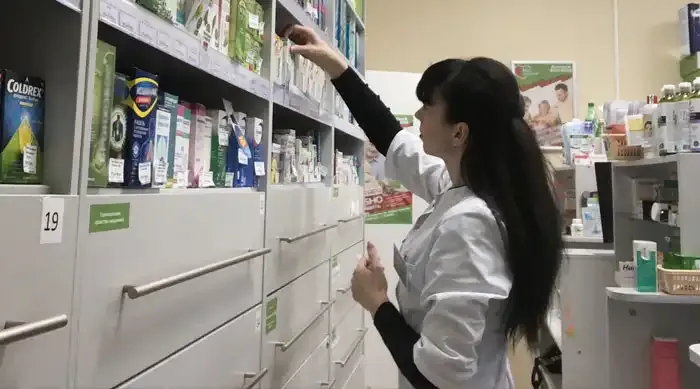How does opioid pharmacotherapy help people?
When a person begins pharmacotherapy treatment, the aim is to replace the opioids they have been using with buprenorphine or methadone.

Both medications:
- reduce the euphoric effects of opioid use
- reduce opioid withdrawal symptoms
- control or eliminate cravings
- make the person generally feel more ‘normal’.
This allows people to stabilise and live more productive lives through improved:
- physical and mental health
- social functioning and relationship maintenance
- ability to gain and maintain employment.10
For some people, the long-term goal may be to stop using opioids completely.
For others, pharmacotherapy may not be about stopping completely, but rather, addressing health concerns and risk behaviours associated with opioid use. For example, reducing:
- the risk of HIV and other blood borne virus infections associated with injecting drug use
- the likelihood of overdose
- criminal behaviour associated with acquiring illegal opioids.10, 17
Some people will require lifelong treatment for their opioid use, and pharmacotherapy should be provided in addition to psychosocial supports such as mental health, financial, housing, food stability and relationships.10
People should also be actively offered counselling services in combination with their pharmacotherapy treatment, which can have a significant impact on improving outcomes.10
Naloxone is a drug that can temporarily reverse an opioid overdose. Opioids affect the part of the brain which regulates breathing. When a person overdoses, they risk going into severe respiratory depression, which can lead to death.18 Symptoms of an opioid overdose include:
- cold, clammy skin
- small pupils
- decreased awareness or responsiveness
- slow or irregular heartbeat
- slowed breathing
- falling asleep ‘going on the ‘nod’19, 20
Although it is not a pharmacotherapy treatment, as a precaution naloxone should be made available to anyone who is accessing pharmacotherapy for opioid use, including friends and family members.
Naloxone can be injected intramuscularly (into a muscle) or delivered by an intranasal spray (into the nose). It can be administered by medical professionals, such as paramedics or nurses, as well as family, friends, or bystanders in an emergency when someone has overdosed.
Who can access naloxone?
In 2019, the Australian Government introduced the take home naloxone pilot. Under this program, naloxone has been made available free of charge and without a prescription in New South Wales, South Australia and Western Australia. This includes in locations such as:
- community and hospital-based pharmacies
- alcohol and other drug treatment centres
- needle and syringe programs
- custodial release programs
- GP clinics.21
Elsewhere, naloxone is available in all states and territories with a prescription, or over the counter from a pharmacy, for a fee. However, Victoria and Tasmania have recently introduced free naloxone access through needle and syringe (NSP) programs.
Anyone can administer naloxone. It is easy to use, and instructions are included with each product.
You can speak to prescribing pharmacists or alcohol and other drug (AOD) service providers for information and training on how to use it.
Are there any side effects?
Most side effects from naloxone are mild. Naloxone cannot be used to get high, so it has no potential for non-prescribed use. There is no evidence that extended use of naloxone can cause harmful physical effects or dependence.22
While there is no risk of poisoning from naloxone, administering a high dose to someone who has taken an overdose can lead to sudden withdrawal symptoms due to the opioid effects being blocked.
This can be highly unpleasant and disorientating for a person when they regain consciousness,22 sometimes leading to confusion and aggression.23 Anyone administering naloxone should be aware of this possible reaction, and treat the person calmly and with care.
The person may also feel the urge to rapidly take opioids again to counteract withdrawal symptoms, which can increase the chance of a second overdose.22
The effects of naloxone only last for a short period of time. If you administer naloxone to someone experiencing an opioid overdose – you should also call the ambulance so the paramedics can assess whether another dose might be required.
More information